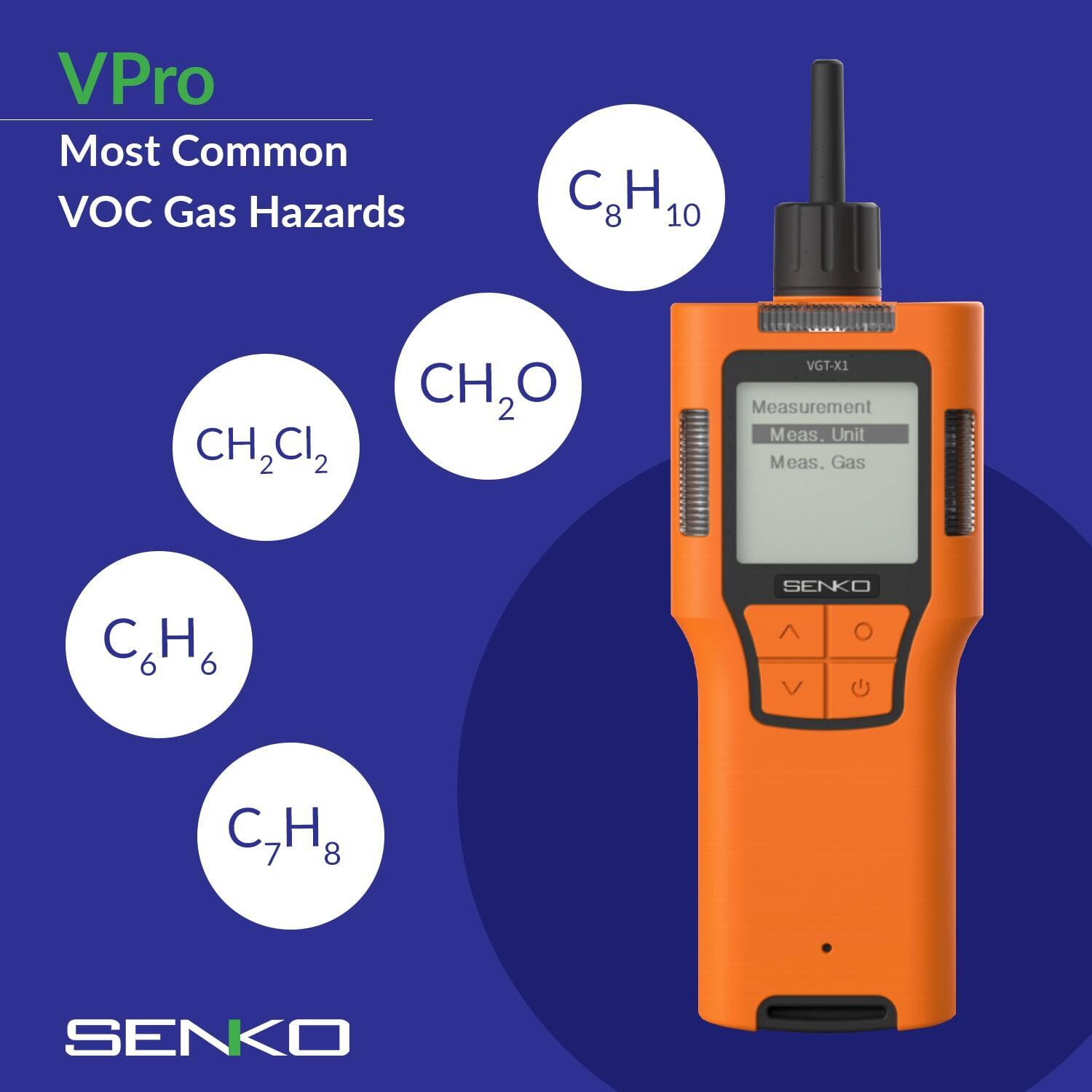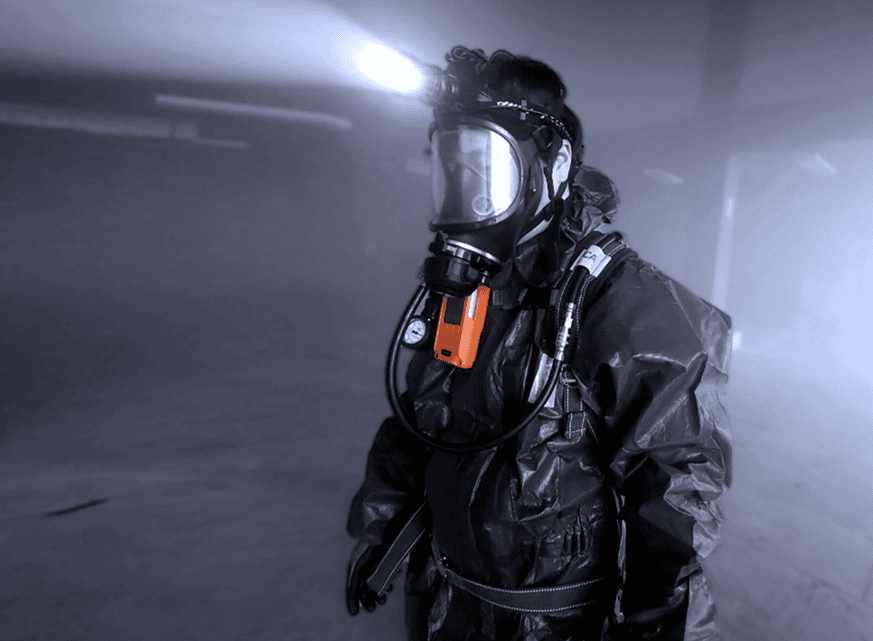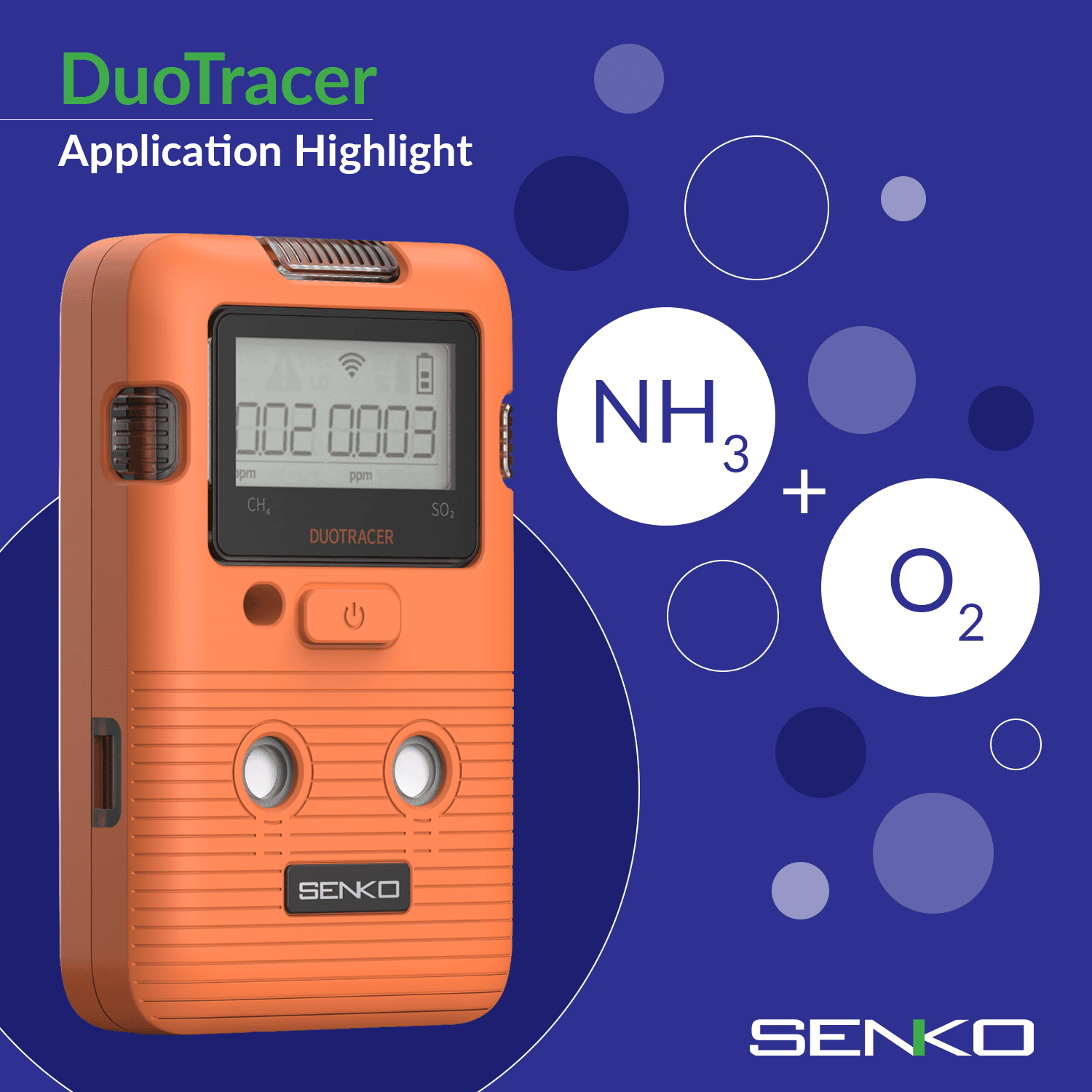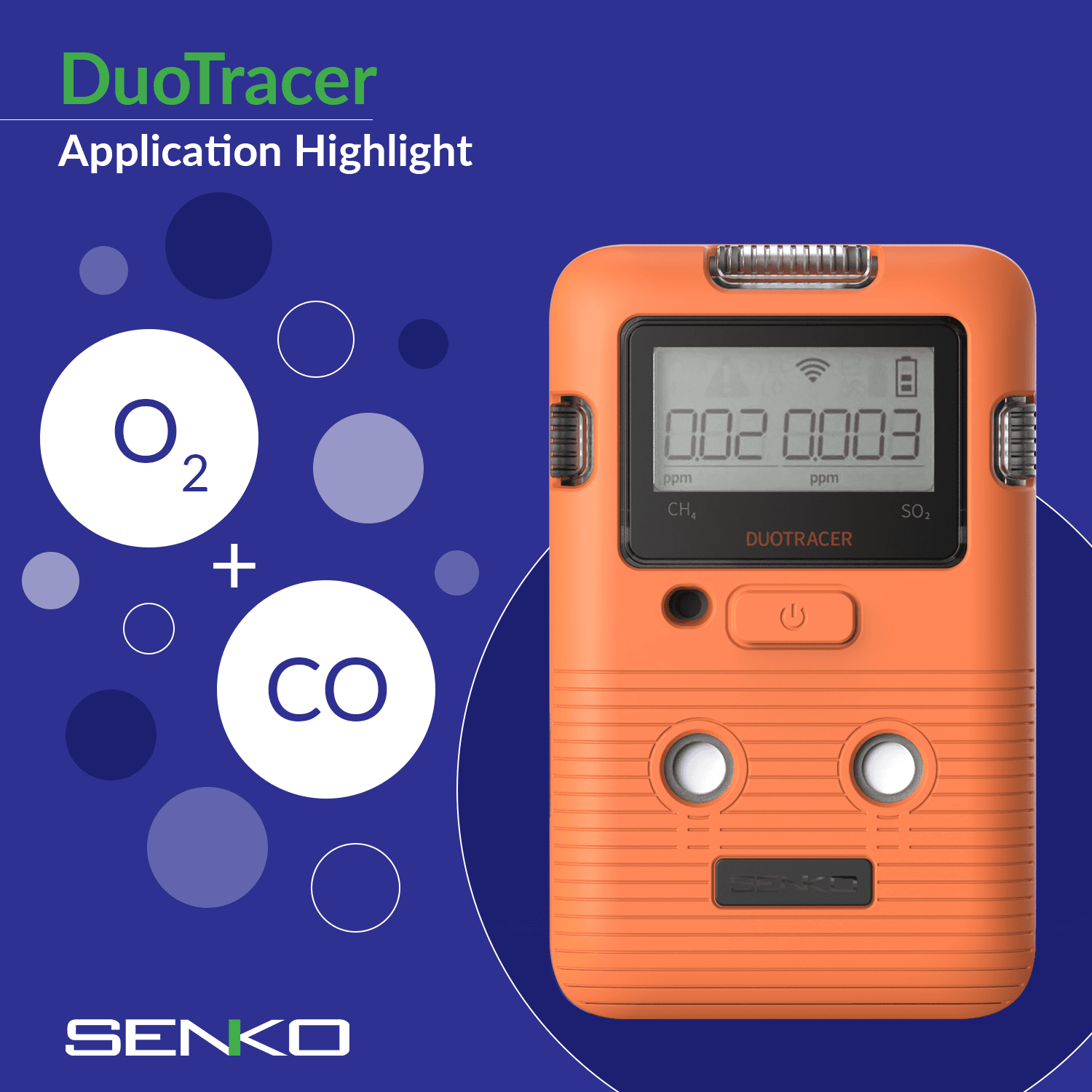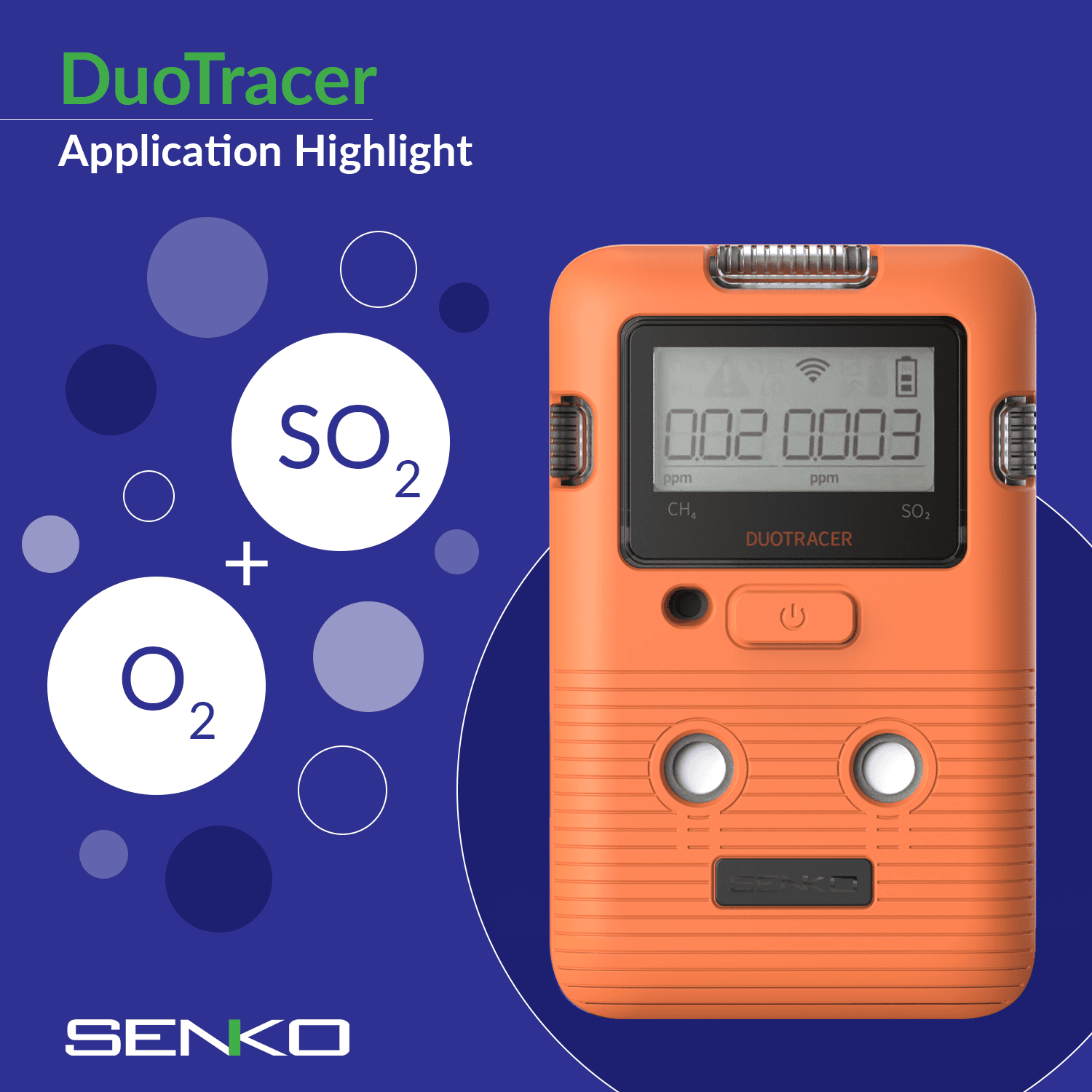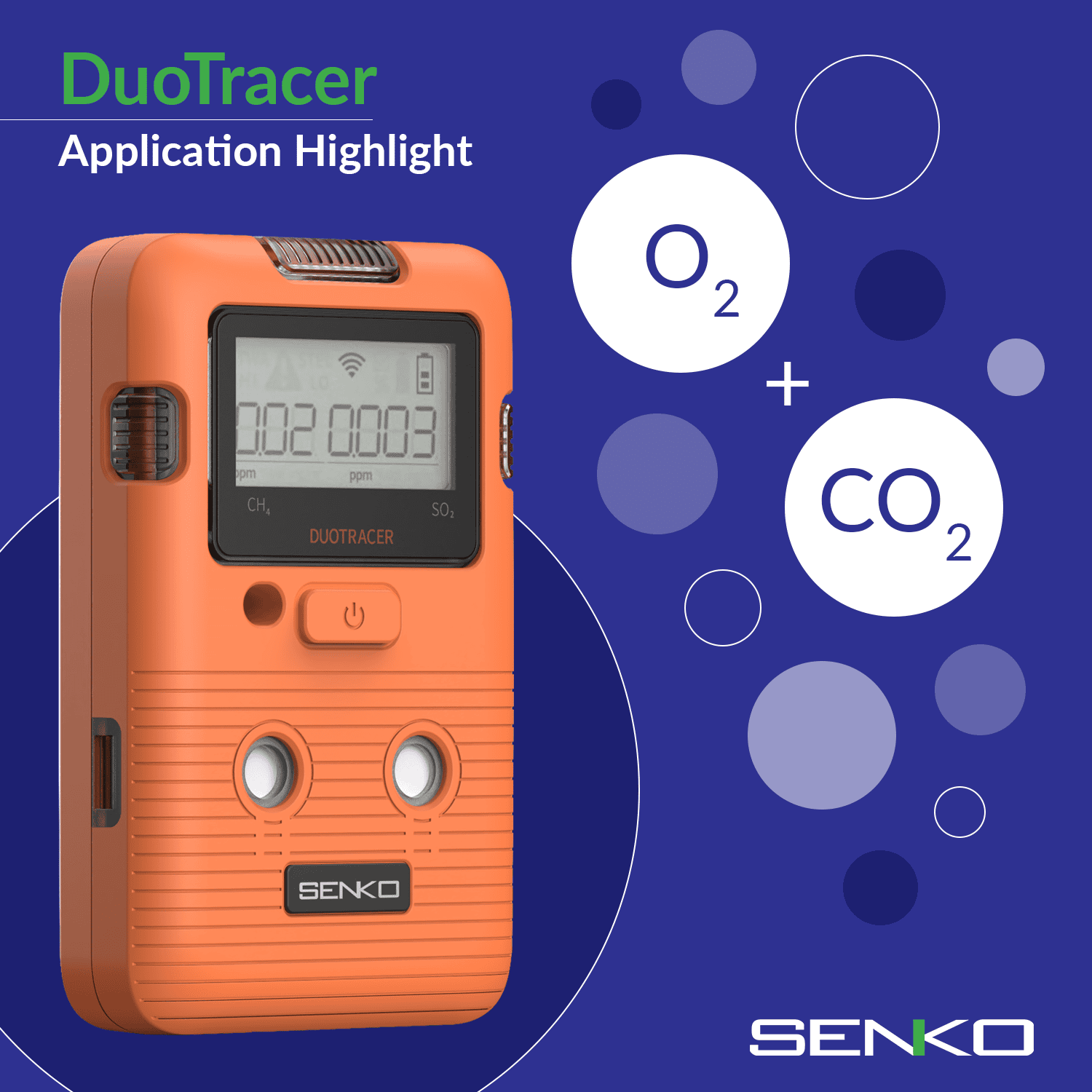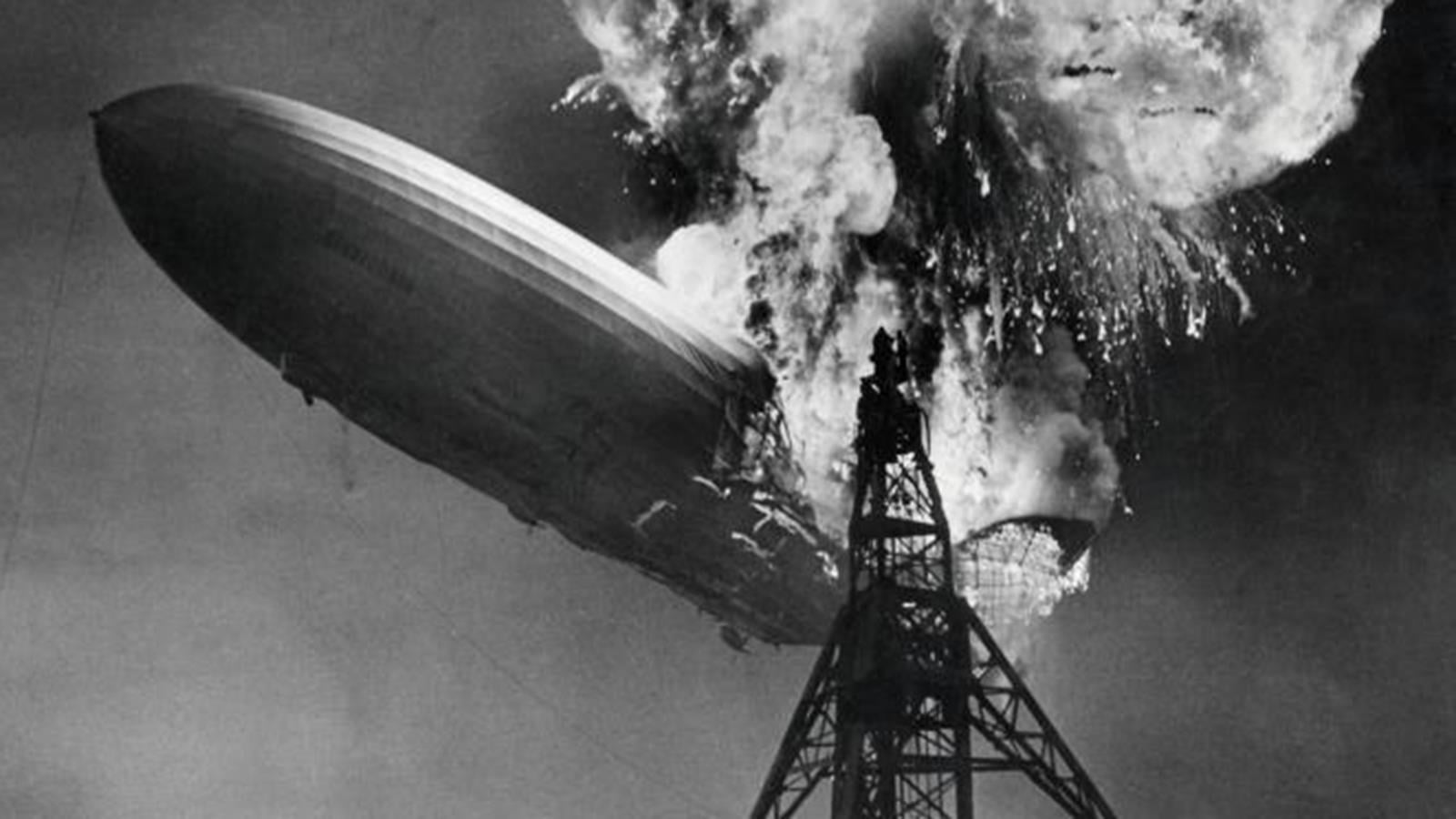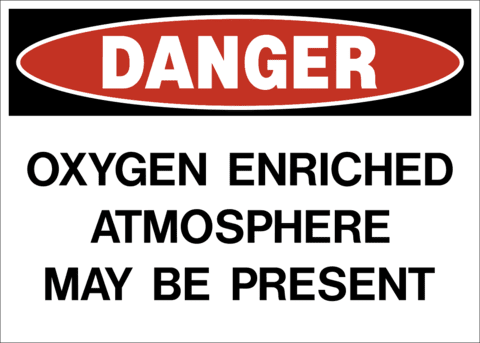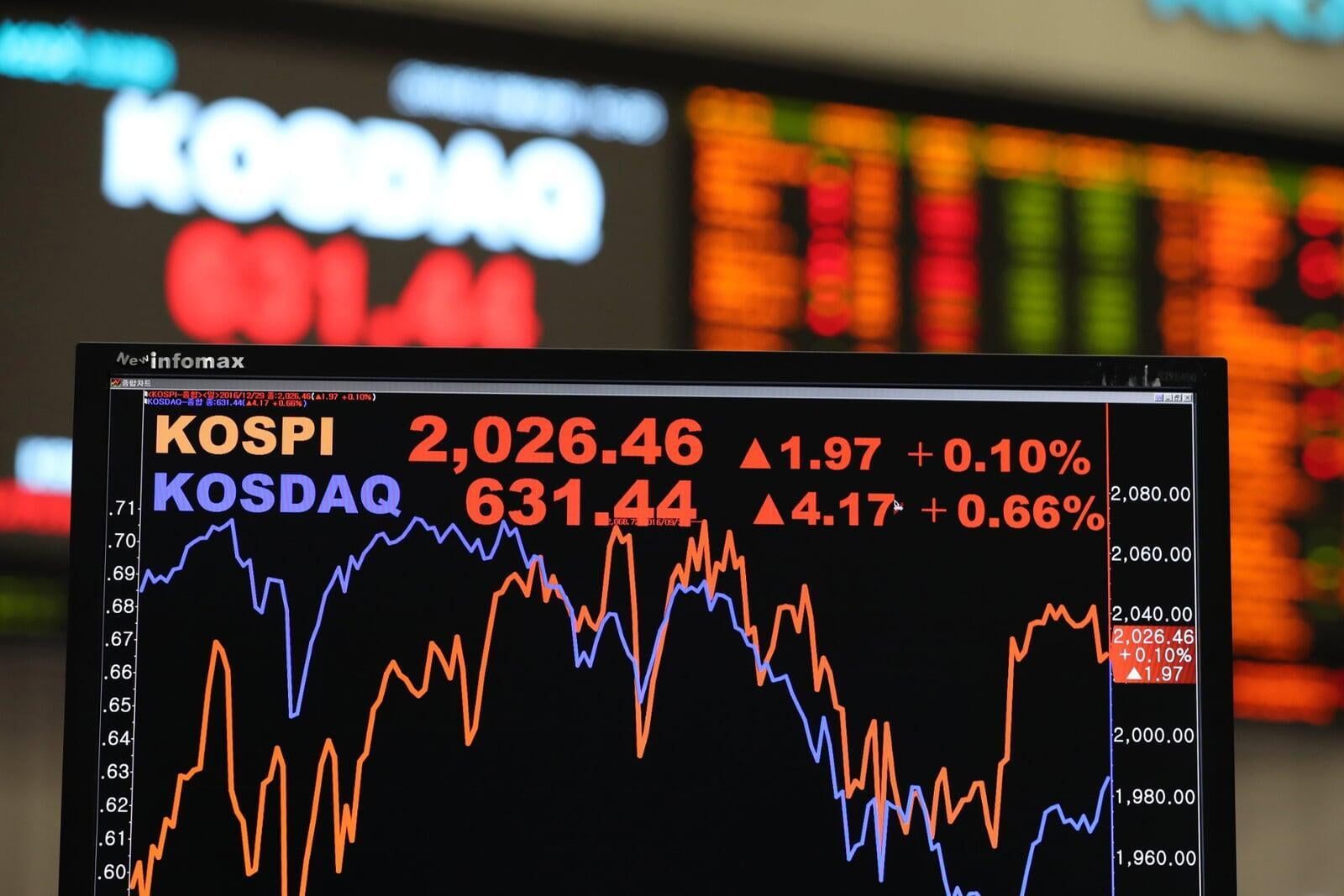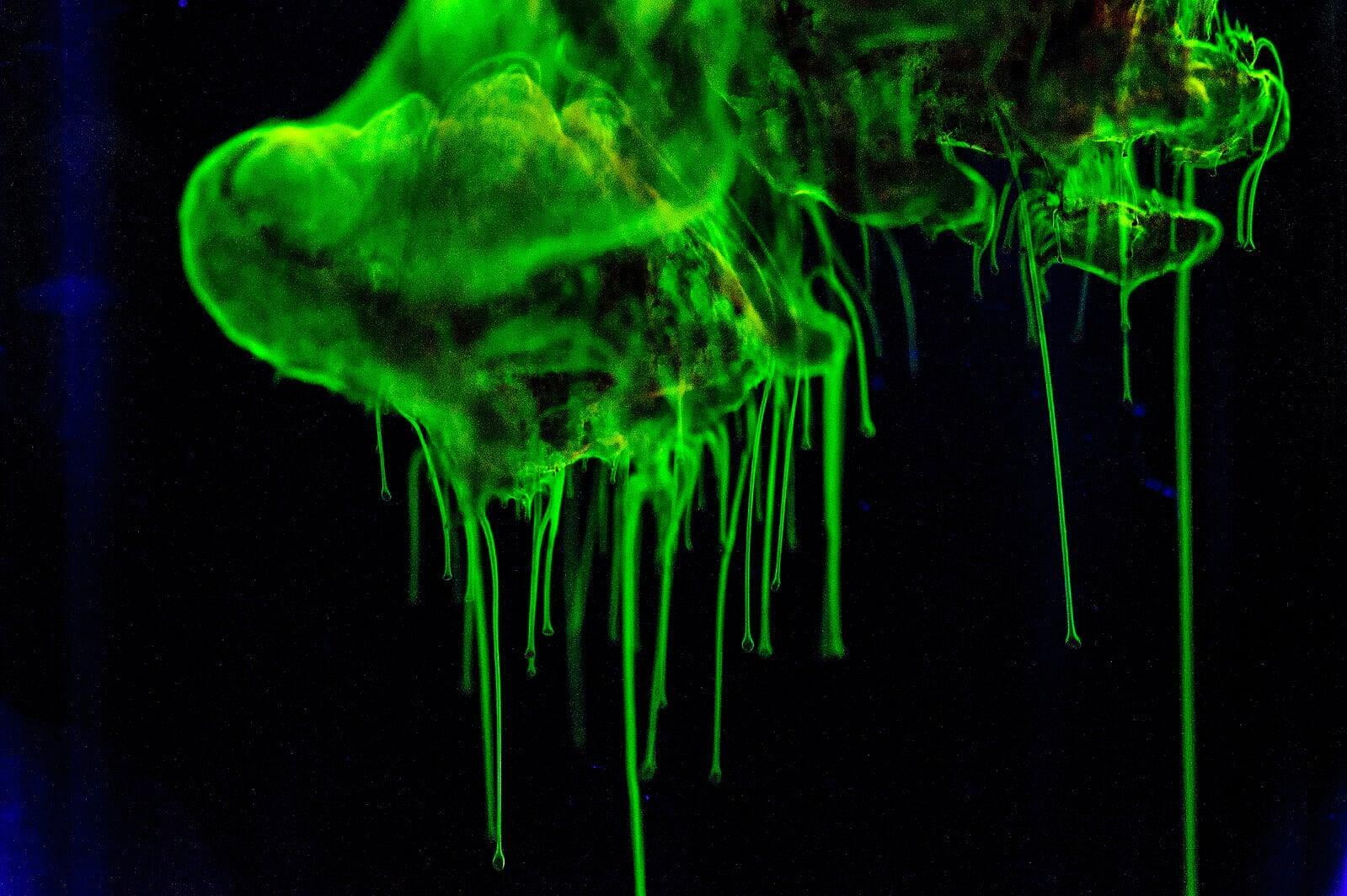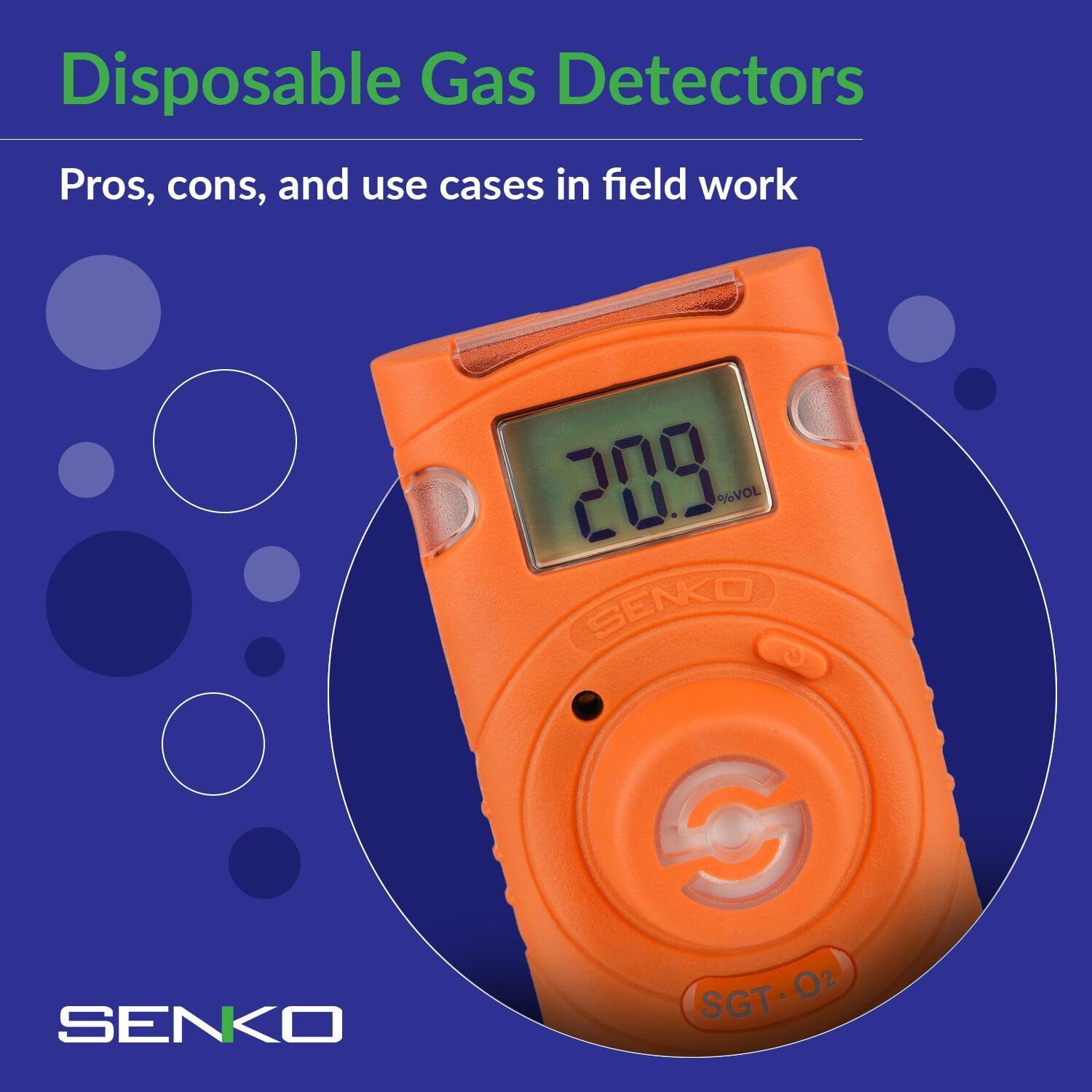
- Products
- About Us
- Case Studies
- Confined Spaces
- Chemical Industry
- Food Industry
- Refrigeration in Industry
- Marine Industry
- Pharmaceutical Industry
- Automotive Industry
- Oil and Gas Production
- Water Industry
- Telecommunications Industry
- Power Generation
- Gas Supply and Management
- Steel Production
- Fire Services
- Armed forces
- Garages and Exhaust Gases
- Paper Industry
- Partner Network
- More

